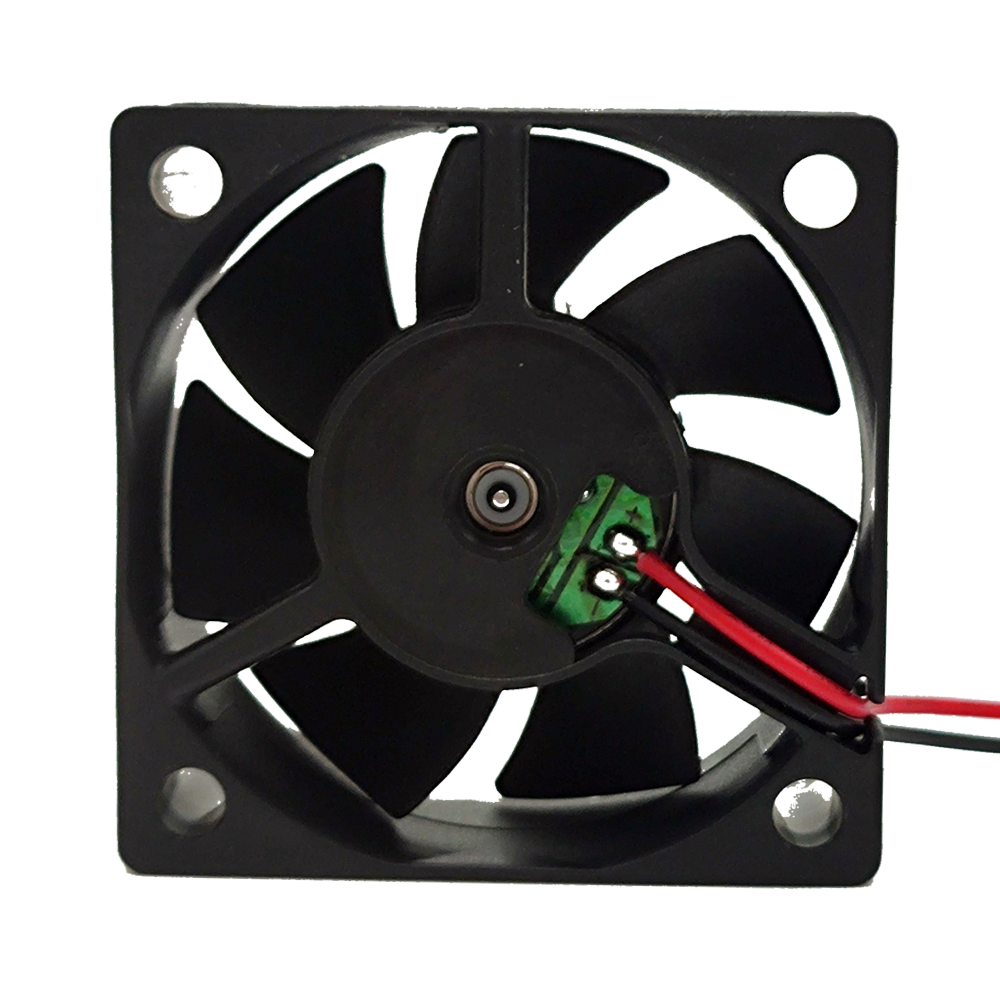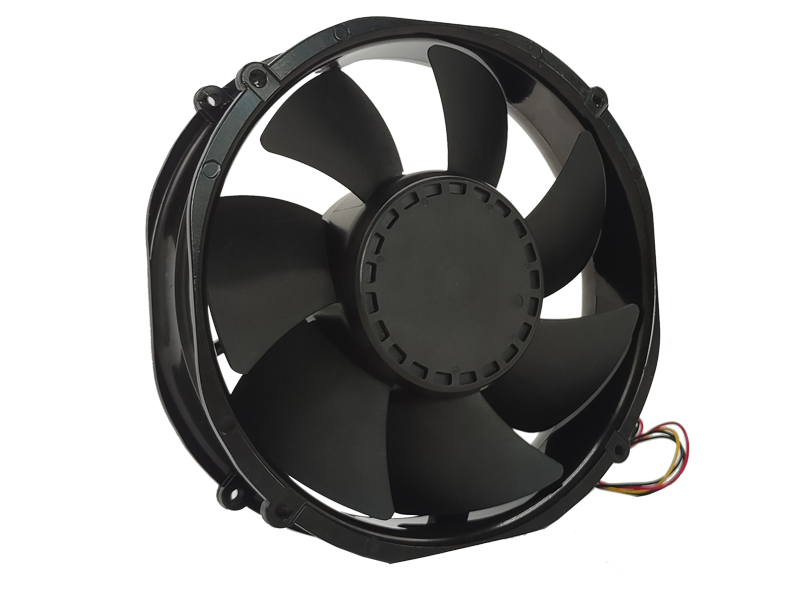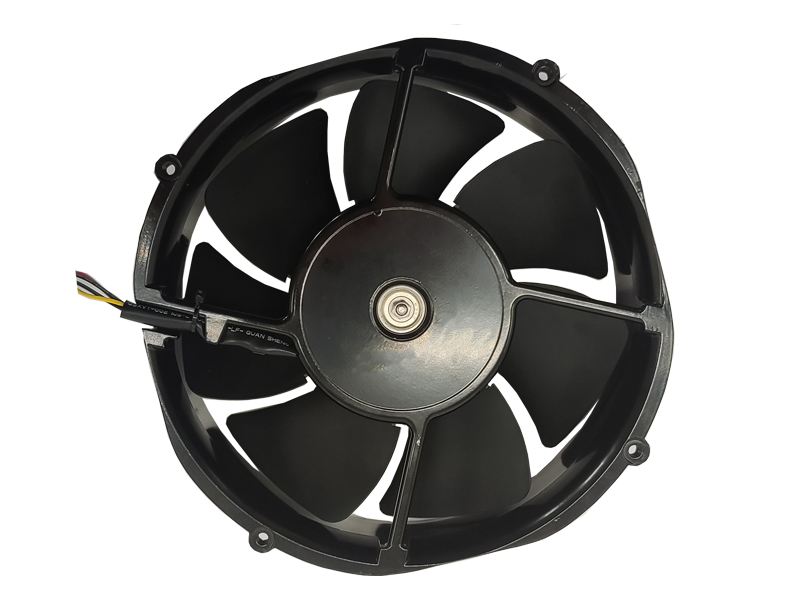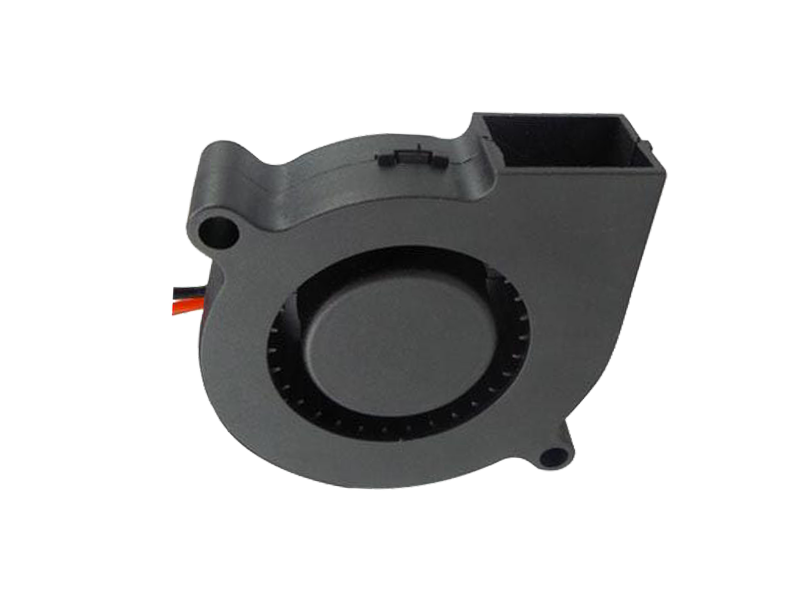In the modern industrial landscape, maintaining a safe and comfortable working environment is crucial for employee productivity and equipment longevity. One of the essential tools for this purpose is industrial fans. These high-performance air circulation systems play a vital role in ventilating large spaces, controlling temperature, and maintaining air quality. The evolution of industrial fans, from basic ventilation devices to sophisticated systems capable of delivering exceptional performance, has been largely driven by the ever-increasing demands of industries for energy efficiency, environmental sustainability, and improved ergonomics.
1. Industrial Fans: Essential Products for Diverse Applications
Industrial fans are designed to meet the ventilation, cooling, and air movement needs of various industrial environments. These environments range from manufacturing plants, warehouses, and distribution centers, to commercial kitchens, greenhouses, and server rooms. Depending on their specific purpose, industrial fans come in various configurations, including axial, centrifugal, and mixed-flow fans.
(1) Axial Fans: These are the most common types of industrial fans and are characterized by their ability to move air along the axis of the fan blades. These fans are highly efficient for applications where air movement is required over a long distance with relatively low resistance, such as cooling or ventilating large rooms or outdoor spaces.
(2) Centrifugal Fans: Known for their high-pressure capabilities, centrifugal fans are used in environments that require air movement against higher resistance. These fans are typically used in applications like dust collection systems, air conditioning systems, and industrial exhaust systems.
(3) Mixed-Flow Fans: Combining the characteristics of both axial and centrifugal fans, mixed-flow fans are used when a balance of airflow and pressure is needed. These fans are often used in HVAC systems, air circulation in large spaces, and situations where both efficiency and power are important.
2. Technological Advances in Industrial Fan Design
Over the years, industrial fan designs have evolved to incorporate a range of technological advancements aimed at improving efficiency, reducing noise, and enhancing overall performance. These innovations are primarily driven by market demands for cost-effective, environmentally friendly, and energy-efficient products.
(1) Energy Efficiency
One of the most significant advancements in industrial fan design has been the push toward energy efficiency. The continuous rise in energy costs and the increasing awareness of environmental sustainability have led manufacturers to design fans that consume less power while delivering higher airflow and pressure. Modern industrial fans are equipped with energy-efficient motors and advanced blade designs that minimize drag and reduce power consumption.
For example, variable speed drives (VSDs) have become an essential feature in many industrial fan systems. VSDs allow for the adjustment of fan speed based on real-time conditions, reducing energy consumption by enabling fans to operate at lower speeds when full capacity is not required. This technology helps businesses optimize energy usage while still maintaining the desired air movement.
(2) Noise Reduction
Another significant challenge in the design of industrial fans is managing noise levels. Industrial environments can often be noisy due to the operation of machinery, equipment, and ventilation systems. High noise levels can lead to health issues for employees and create an uncomfortable working environment. As a result, manufacturers have focused on designing fans with noise-reducing features, including soundproof enclosures, vibration isolators, and innovative fan blade shapes that minimize turbulence and noise generation.
Additionally, advancements in motor technology, such as the development of brushless and permanent magnet motors, have helped reduce operational noise. These motors operate more quietly than traditional motors and offer greater durability, which further contributes to the reduction of noise in industrial fan systems.
(3) Durability and Maintenance
Durability is another critical consideration in industrial fan design. Fans used in harsh environments, such as factories with high heat, humidity, or dust levels, must be built to withstand these conditions. Modern industrial fans are made from corrosion-resistant materials, such as stainless steel or coated aluminum, to ensure a long service life.
Furthermore, advances in fan blade materials and coatings have made it possible to improve fan longevity while reducing maintenance needs. Self-lubricating bearings, for example, have become more common in industrial fans, significantly reducing the frequency of maintenance and enhancing the overall reliability of the fan system.
3. The Role of Industrial Fans in Sustainability
As industries become increasingly conscious of their environmental impact, industrial fans have evolved to play a more significant role in sustainability efforts. Many modern fan systems are designed to help industries reduce their carbon footprint, lower energy consumption, and minimize emissions.
(1) Sustainable Materials and Manufacturing
Sustainable materials have become an integral part of industrial fan production. Manufacturers are moving away from using metals and plastics that are not recyclable or environmentally friendly. Instead, materials such as recycled aluminum, composite polymers, and sustainable steel are being used to create more eco-friendly fans.
(2) Emissions Reduction
Industrial fans that help control temperature and air quality also play a role in emissions reduction. For instance, in industries that involve high-temperature processes, fans are used to regulate heat and prevent the buildup of dangerous gases. By improving ventilation and air circulation, these fans help maintain a safer working environment while minimizing the release of harmful emissions into the atmosphere.
(3) Circular Economy
The concept of the circular economy has gained prominence, and manufacturers are now focusing on designing industrial fans with a longer life cycle and ease of recycling. Fans are designed to be modular, allowing for easy replacement of individual parts rather than entire units. This reduces waste and allows for the reuse or recycling of components at the end of their life.
4. The Future of Industrial Fans

The industrial fan market continues to evolve, driven by the ever-growing demand for energy-efficient, environmentally friendly, and technologically advanced solutions. The future of industrial fans lies in the integration of digital technologies, further advancements in materials, and the continued pursuit of energy efficiency and sustainability.
(1) Integration with IoT
The Internet of Things (IoT) is expected to revolutionize the industrial fan market. Fans will increasingly be integrated with IoT-enabled sensors and controls, enabling real-time monitoring and performance optimization. Businesses will be able to track fan performance, energy consumption, and maintenance schedules remotely, leading to more efficient operations and reduced downtime.
(2) Automation and Smart Controls
Automation is another key trend that will shape the future of industrial fans. Smart controls, powered by artificial intelligence (AI), will allow for autonomous operation of fan systems. These systems will be able to automatically adjust fan speed and airflow based on real-time data, optimizing energy consumption and improving overall system performance.
Conclusion
Industrial fans have come a long way in terms of design, technology, and functionality. Today’s fans are more energy-efficient, quieter, durable, and environmentally friendly than ever before. As industries continue to face the challenges of energy consumption and environmental sustainability, industrial fans will continue to evolve, offering innovative solutions that improve workplace comfort, protect equipment, and contribute to a more sustainable future.
Recommended Products

The main purpose:Car charging station

The main purpose:Car charging station

The main purpose:Electronic refrigerators, water dispensers, direct drinking machines, inverter power supplies
Address:No. 4137, Longgang Avenue (Henggang Section), Henggang Community, Henggang Street, Longgang District, Shenzhen
hotline:13530005572(Chen)15112579390(Li)


Welcome all friends to come for consultation and negotiation.
Copyright 2024 @ Shenzhen Youneng Xinyuan Electronics Co., Ltd.,(industrial fans,industrial blowers,axial fans,cooling fans manufacturer,centrifugal fans,ac cooling fans,dc cooling fans)